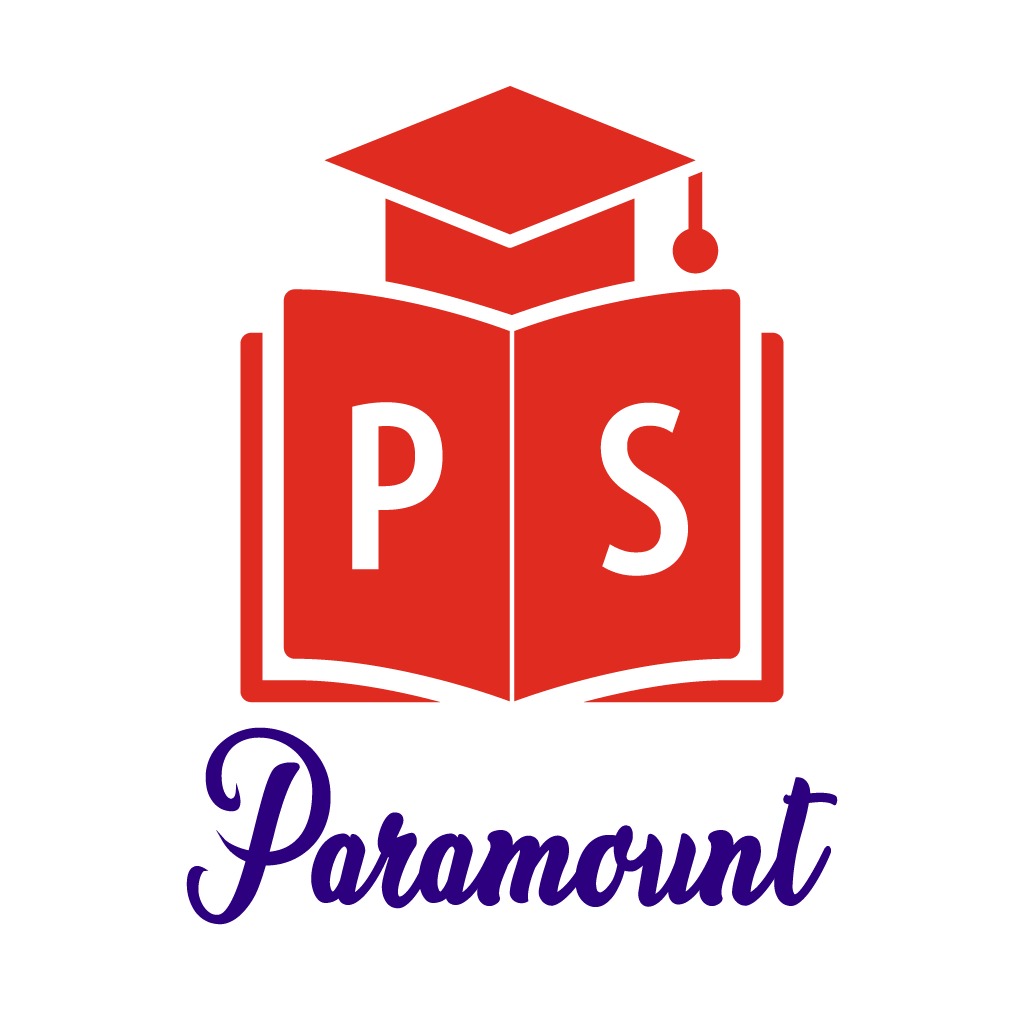Chapter 9 Chemical Equilibrium (FBISE SSC-II Chemistry Keybook)
Q.2 Give Short answers.
- Differentiate between forward and reverse reactions.
|
Forward Reaction |
Reverse Reaction |
|
It is written from left to right. |
It is written from right to left. |
|
Reactant produce products |
Products produce reactants. |
|
Initially rate is fastest and gradually slows down. |
Initially rate is zero and gradually speeds up. |
- What is chemical equilibrium?
It is a state of a chemical reaction in which forward and reverse reactions take place at the same rate. - State the law of Mass Action.
Two chemists C.M Guldberg and P. Waage in 1864 proposed this law. This law states that the rate at which a substance reacts is directly proportional to its active mass and the reaction proceed is directly proportional to the product of the active masses of the reactants.
![]()

- State the conditions for equilibrium.
Conditions for equilibrium are:
- Concentration of none of the reactants or products is changed.
- Temperature of the system is kept constant
- Pressure or volume of the system is kept constant.
- What is the importance of equilibrium constant for a chemical reaction?
Importance of equilibrium constant:
- It is used to determine the equilibrium concentration of equilibrium mixture.
- It is used to predict the direction of a chemical reaction.
- It is used to predict the extent of a chemical reaction.
- It is used to predict the effect of change in conditions of the chemical reaction on equilibrium state.
Q.3 Following reaction can occur during lightning storms.
3O2 ![]() 2O3
2O3
For this reaction write
i. Equilibrium Constant Expression.
ii. Determine the units of equilibrium constant.
iii. Forward and reverse reactions.
Forward Reaction = 3O2 2O3
Reverse Reaction = 2O3 3O2
Q.4 Coal reacts with hot steam to form CO and H2. These substances react further in the presence of a catalyst to give methane and water vapour.
CO + 3H2 ![]() CH4 + H2O
CH4 + H2O
i. Write forward and reverse reactions for it.
Forward Reaction = CO + 3H2 CH4 + H2O
Reverse Reaction = CH4 + H2O CO + 3H2
ii. Derive Kc expression for the reaction.
iii. Determine units for Kc.
Q.5 Write equilibrium constant expression for each of the following reactions.
i. H2O ![]() H2 + ½O2
H2 + ½O2
ii. CO + 2H2 ![]() CH3OH
CH3OH
iii. COCl2 ![]() CO + Cl2
CO + Cl2
iv. 4HCl + O2 ![]() 2Cl2 + 2H2O
2Cl2 + 2H2O
Q.6 Determine the units of equilibrium constants for the following reactions.
i. COCl2 ![]() CO + Cl2
CO + Cl2
=
ii. H2 + I2 ![]() 2HI
2HI
=
iii. 2H2 + O2 ![]() 2H2O
2H2O
=
iv. N2 + 2O2 ![]() 2NO2
2NO2
=
Q.7 State the ways that equilibrium can be recognized?
- It can be determined by determining concentration of reactants and products at regular intervals.
- When constant concentration of products and reactants are observed, the reaction is at equilibrium.
- This can be done by both physical methods as well as chemical methods such as titration, spectroscopy etc.
Q.8 Describe the macroscopic characteristics of an equilibrium reaction.
|
Forward Reaction |
Reverse Reaction |
|
It is written from left to right. |
It is written from right to left. |
|
Reactant produce products |
Products produce reactants. |
|
Initially rate is fastest and gradually slows down. |
Initially rate is zero and gradually speeds up. |
Q.9 Bromine chloride (BrCl) decomposes to form chlorine and bromine. For this reaction write
i. Chemical Equation:
2BrCl ![]() Br2 + Cl2
Br2 + Cl2
ii. Kc Expression:
iii. Units of Kc:
=
Q.10 Kc expression for a reaction is given below. Write chemical equation for this reaction and derive the units of Kc.
a. Chemical Equation:
N2O4 ![]() 2NO2
2NO2
b. Unit of Kc:
=
Q.11 For which of the following reactions are both reactants and products likely to be found when the reaction appears to be complete? Justify
i. C + O2 CO2
ii. 2HF ![]() H2 + F2
H2 + F2
In reversible reactions both reactants and products likely to be found when the reaction appears to be complete. So in reaction (ii) arrow ![]() shows that is a reversible reaction. So reaction (ii) appears to be complete.
shows that is a reversible reaction. So reaction (ii) appears to be complete.
Q.12 Cobalt chloride forms pink crystals (CoCl3.6H2O). When they are heated water is evolved and they turn blue (CoCl3). Explain how you could use Cobalt chloride as a test for water, argue.
COCl3.6H2O ![]() COCl3 + 6H2O
COCl3 + 6H2O
Cobalt chloride paper is blue. But in water or any sort of moisture it starts to turn pink. So if we are using it keep out of air and don’t touch it with our hands because the moisture on our fingers would change the outcome of our cobalt chloride paper.

Recent Comments